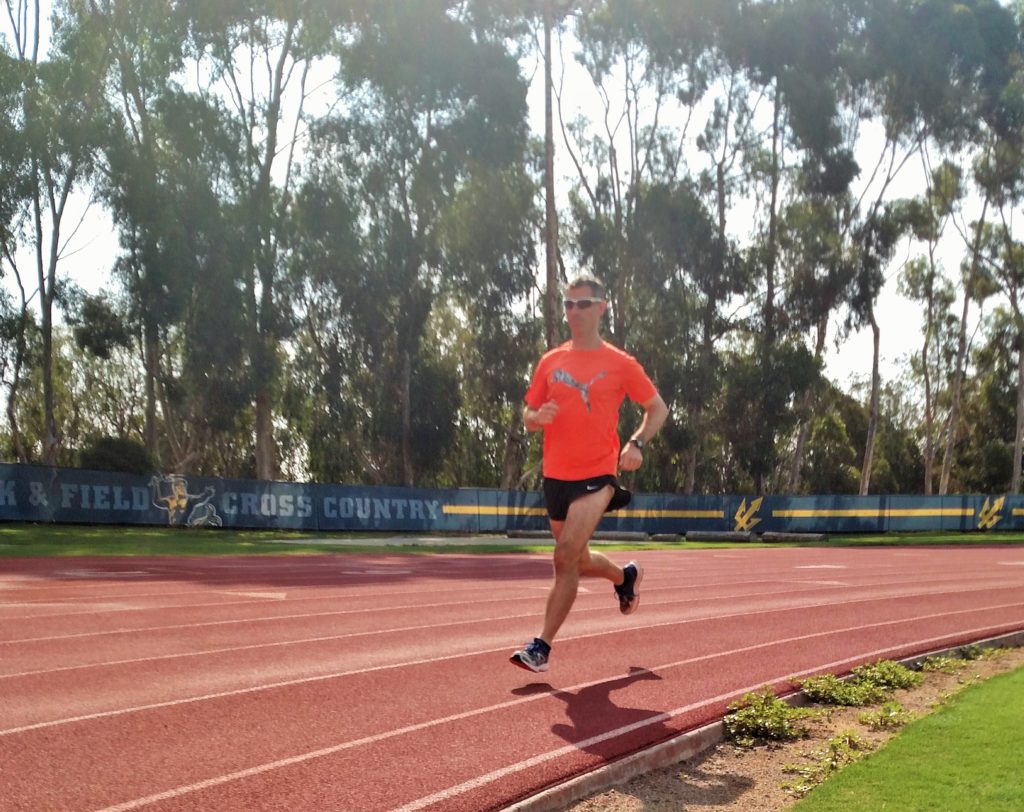Although you may be tempted to try to run faster when doing the same workout you did last week or the week before, your fitness improves by progressively increasing the amount of training done at a specific pace, not by trying to force the pace to get faster by running faster workouts.
In research I collaborated on with my colleagues in France, which was published in European Journal of Applied Physiology, we found that actually decreasing the power output on the bike enabled individuals to sustain their VO₂max for longer compared to keeping the power constant throughout the workout (16 minutes vs. 2.3 minutes). In other words, once individuals reached their VO₂max, they were able to sustain it for an average of only 2.3 minutes before having to stop. But when the power output decreased, they were able to sustain VO₂max for an average of 16 minutes.
What does this mean? Trying to run faster than your VO₂max pace decreases how much time you spend at VO₂max in the workout. Instead, either slow the pace as you begin to fatigue so you can spend more total time at VO₂max in the workout or, my preferred recommendation, reduce the distance (time) of the reps as you begin to fatigue so that you can maintain the pace. This works for other types of workouts as well.
For example, if running 800-meter reps at VO₂max pace, cut the distance down as you start to show signs of fatigue and have trouble holding the pace — 600-meter reps, then 400-meter reps, then 200-meter reps, until you’re cooked so you can squeeze out as much total work at VO₂max pace as possible.
